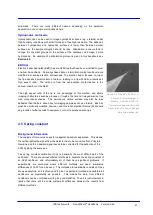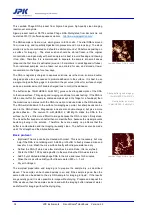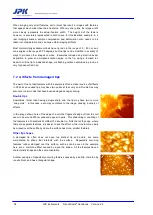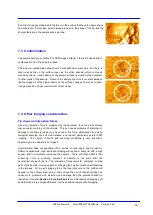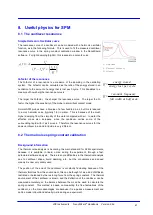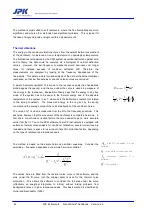
JPK Instruments NanoWizard
®
Handbook Version 2.2a
29
The oscilloscope in the JPK SPM program can aid in selecting the correct
parameters for optimal imaging (see also the main NanoWizard user manual, with
details of the software interface). By viewing the trace and retrace line scans in the
oscilloscope during scanning, it is possible to maintain the force applied to the
surface at a minimum.
By displaying the trace and retrace line scans of the height channel in the
oscilloscope the user can monitor how closely the two match. Obviously if the trace
and retrace match exactly then the tip is tracing over the surface of the cell without
displacing any structures. To the right is an example of a good match between
trace and retrace during scanning of a cell.
To find the minimum force required to track across the surface of a cell, the force
should be reduced by changing the set point until the trace and retrace lines no
longer overlay in the oscilloscope. To determine the point where this happens, one
should note how well the trace and retrace scan lines overlap at the bottom of any
steep edge. In this example trace is in bright red and retrace in dull red- it can be
seen that in the retrace line the tip has not followed the edge of the cell down to
the glass, but has instead slightly drifted away. At this point one could try and
increase the gains and decrease the force until oscillations are noticed. This can
allow the use of a lower force as increased gains will result in better tracking of the
tip over the surface. The other option is for the user to reduce the scan speed.
If the force is reduced too far the scan lines will differ more and more at the edges
of the cell until the tip loses the surface entirely. When the oscilloscope looks as it
does to the right it will be obvious in the scan that the tip is not properly tracking
the surface (see error signal image below, black arrows).
If the force applied to the surface is too high then structures will be displaced in the
scan direction. This can also be detected in the oscilloscope. Usually the
structures that start to move if the applied force is too high are flexible structures.
The trace and retrace scan lines in the oscilloscope show these structures moving
in the direction of the scan.







